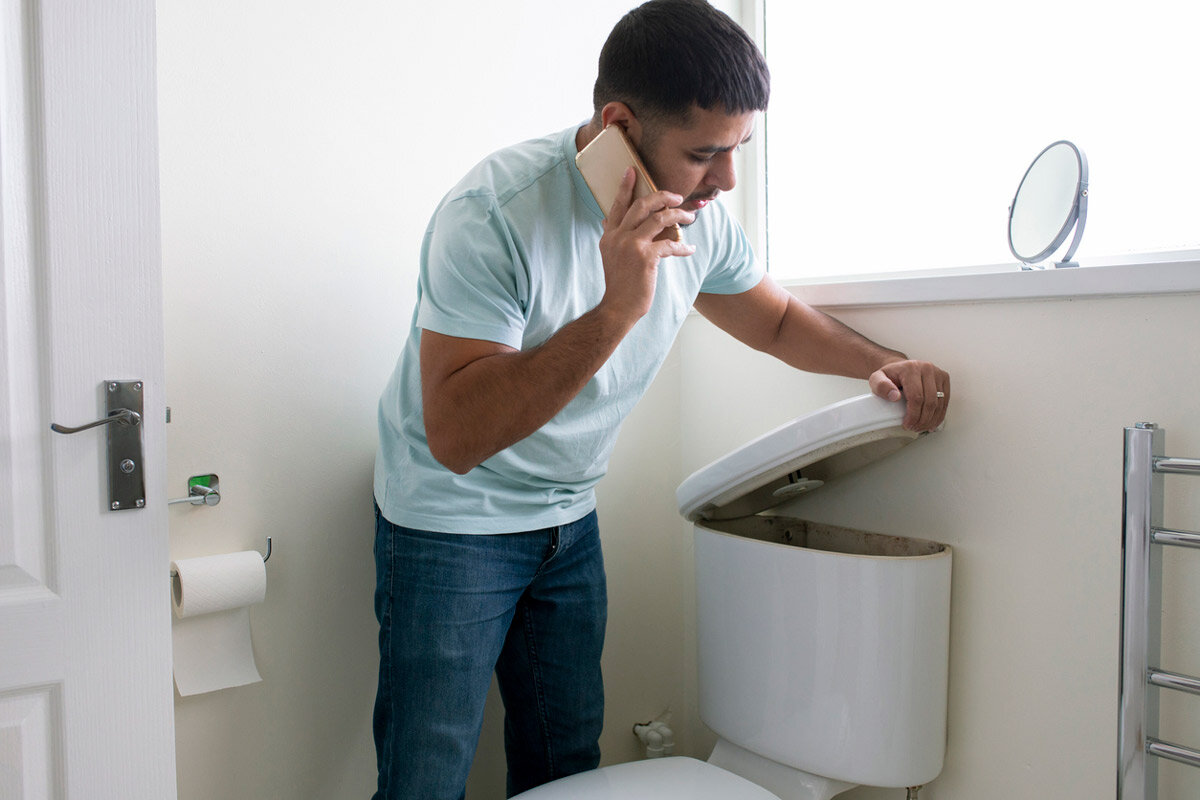Winter is the busiest period of the year for many plumbing companies. The challenges that the season poses to plumbing systems usually lead to certain household plumbing emergencies. Below are the immediate plumbing issues that commonly come up in the winter, along with what you can do to avoid them.
Frozen Pipes
The cold temperatures outside can make unprotected pipes freeze easily, one of many troubling and immediate plumbing issues. Frozen pipes are one of the most serious plumbing issues. Frozen pipes can crack or burst and lead to thousands of dollars' worth of damage in just minutes. You can avoid this issue by adding insulation to your pipes, especially those in uninsulated areas and on exterior walls.
Water-Heater Failure
Your water heater works its hardest in the winter, which increases its likelihood of breaking down. If your unit fails to deliver hot water or struggles to meet demand, it may be necessary to repair or replace it.
Having your water heater serviced every year is essential to keeping it performing as expected. Nevertheless, water heaters function optimally for around 10 years. If your water heater is on its last legs, consider scheduling a replacement.
Clogged Kitchen Drains
With low temperatures, kitchens, and kitchen sinks get a workout as people cook more. More fat, grease, and bits of food are sent down the drain. Clogs occur more often, as the food waste clumps, congeals, and freezes in the cold.
You can prevent your kitchen drains from clogging — one of many immediate plumbing issues — by avoiding putting any grease or fat down the drains and not grinding fibrous, sticky, or extremely hard objects in the garbage disposal.
Frozen Septic or Sewer Lines
The waste inside sewer lines can freeze as the ground around the lines freezes. The waste expands gradually as it freezes and may eventually burst a line or the septic tank. Have your tank pumped before the cold winter months to remove waste and prevent this problem. Schedule a comprehensive plumbing inspection if your sewer system has had any issues during the year.
Proactive maintenance goes a long way toward preventing plumbing emergencies. For assistance with any immediate plumbing issues or maintenance in the Broken Arrow area, contact us at Air Assurance.









